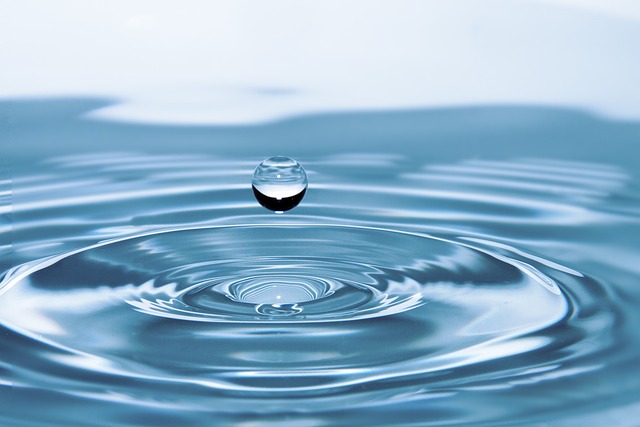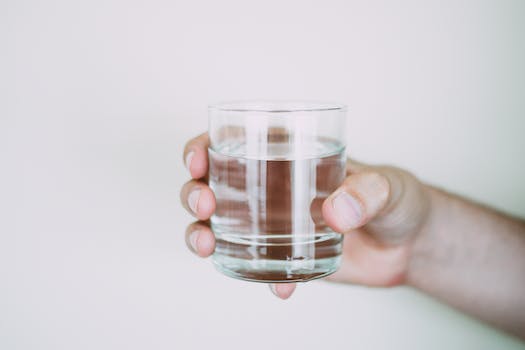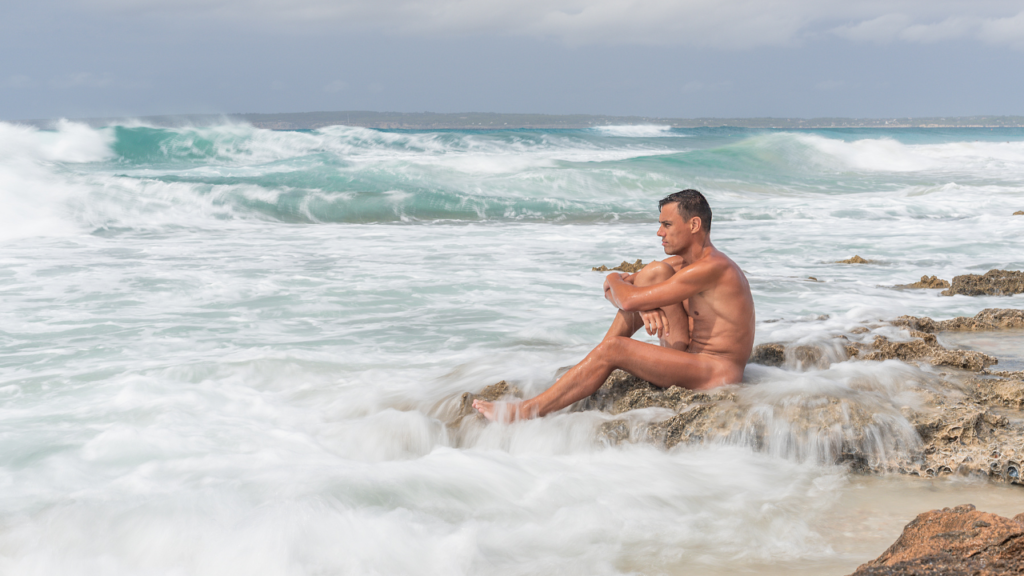-
Table of Contents
“Unlock the Secrets of Water-Finding with Survival Expert Tricks!”
Hello everyone! My name is John and I’m a survival expert. Today I’m going to be talking about water-finding tricks that can help you stay hydrated in the wilderness. Whether you’re lost in the woods or just out camping, having access to clean water is essential for your health and safety. In this article, I’ll be sharing some of my best tips and tricks for finding water in the wild. From using natural indicators to purifying water, I’ll cover everything you need to know to stay hydrated in the wilderness. So let’s get started!
How to Find Water in the Wild: Tips from a Survival Expert

If you find yourself in the wild without access to a reliable source of water, don’t panic! With a few simple tips from a survival expert, you can find water in the wild and stay hydrated.
First, look for signs of water. Look for areas with lush vegetation, as this is a sign that water is nearby. Also, look for animal tracks and droppings, as animals need water to survive and will often lead you to a water source.
Second, look for low-lying areas. Water will often collect in depressions in the ground, so look for areas that are lower than the surrounding terrain.
Third, look for signs of human activity. If you come across an abandoned camp or a man-made structure, there is a good chance that there is a water source nearby.
Fourth, look for natural water sources. Look for streams, rivers, ponds, and lakes. If you come across a natural water source, make sure to purify the water before drinking it.
Finally, if you are unable to find a water source, you can collect water from the atmosphere. Tie a plastic bag around the end of a branch and leave it overnight. The condensation that forms in the bag can be collected and used for drinking.
By following these tips from a survival expert, you can find water in the wild and stay hydrated.
How to Purify Water in the Wild: Advice from a Survival Expert
If you find yourself in the wild without access to clean drinking water, don’t panic! There are several ways to purify water in the wild, and with a few simple steps, you can make sure your water is safe to drink. Here’s what you need to know, according to a survival expert.
1. Boiling: Boiling is one of the most effective ways to purify water. Bring the water to a rolling boil for at least one minute, then let it cool before drinking.
2. Filtration: If you have a water filter, you can use it to remove bacteria and other contaminants from the water. Make sure to follow the manufacturer’s instructions for proper use.
3. Chemical Treatment: You can use chemical treatments such as iodine or chlorine to purify water. Follow the instructions on the package for proper use.
4. Solar Disinfection: If you don’t have access to a filter or chemical treatment, you can use solar disinfection. Fill a clear plastic bottle with water and leave it in direct sunlight for at least six hours. The UV rays from the sun will kill bacteria and other contaminants.
By following these steps, you can make sure your water is safe to drink in the wild. Remember, it’s always better to be safe than sorry, so take the time to purify your water before drinking it.
What to Look for When Searching for Water in the Wild: Tips from a Survival Expert
If you find yourself in a survival situation and need to find water, you’ll want to know what to look for. Here are some tips from a survival expert on how to find water in the wild:
1. Look for signs of water. Look for signs of water such as lush vegetation, birds, and insects. These are all indicators that water is nearby.
2. Look for low-lying areas. Low-lying areas are more likely to have water than higher ground. Look for depressions in the ground, such as valleys or ravines, which may contain water.
3. Look for animal tracks. Animals need water to survive, so if you see animal tracks, there’s a good chance that water is nearby.
4. Look for signs of human activity. If you see signs of human activity, such as trails or abandoned structures, there’s a good chance that water is nearby.
5. Listen for the sound of running water. If you hear the sound of running water, you’ve found your source of water.
6. Look for sources of water. Look for sources of water such as streams, rivers, lakes, ponds, and springs.
7. Look for signs of moisture. Look for signs of moisture such as damp soil, dew, or fog.
8. Look for plants that indicate water. Look for plants such as cattails, reeds, and willows, which are indicators of water.
9. Dig for water. If you’re in a dry area, you may be able to dig for water. Dig a hole about two feet deep and wait for the water to seep in.
10. Collect rainwater. If it’s raining, collect the rainwater in a container or in a hole in the ground.
By following these tips, you’ll be able to find water in the wild and stay hydrated in a survival situation.
How to Collect Rainwater in the Wild: Advice from a Survival Expert
If you’re out in the wild and need to collect rainwater, you’re in luck! With a few simple steps, you can easily collect and store rainwater for drinking, cooking, and other uses. Here’s what you need to know, according to a survival expert.
First, you’ll need to find a suitable container. This could be anything from a large bucket or pot to a plastic bottle or even a tarp. Make sure the container is clean and free of any debris or dirt.
Next, you’ll need to find a spot to collect the rainwater. Look for a spot that’s higher up, such as a hill or a tree branch, so the water can flow down into your container.
Once you’ve found a spot and set up your container, you’re ready to collect the rainwater. Make sure to cover the container with something like a tarp or a lid to keep out debris and bugs.
Finally, you’ll need to filter the water before drinking it. You can do this by pouring the water through a cloth or a filter. This will help remove any dirt or debris that may have gotten into the water.
Collecting rainwater in the wild is a great way to stay hydrated and healthy. Just remember to use a clean container, find a spot that’s higher up, cover the container, and filter the water before drinking it. With these simple steps, you’ll be able to collect and store rainwater for your next outdoor adventure.
Q&A
1. What is the most reliable water-finding trick?
The most reliable water-finding trick is to look for signs of life, such as birds, animals, and insects. These creatures will often lead you to water sources, such as ponds, streams, and rivers. Additionally, look for low-lying areas, such as valleys and depressions, which are more likely to contain water.
2. What are some other water-finding tricks?
Other water-finding tricks include looking for green vegetation, which is often an indication of water nearby. Additionally, look for damp soil, which can indicate the presence of groundwater. You can also look for man-made structures, such as dams, irrigation canals, and wells, which are likely to contain water.
3. What should I do if I can’t find any water?
If you can’t find any water, you should consider digging a well. This is a more advanced technique, but it can be a lifesaver in a survival situation. Additionally, you can try to collect rainwater or dew, or look for sources of water that may not be immediately visible, such as underground springs.
4. What safety precautions should I take when looking for water?
When looking for water, it is important to take safety precautions. Make sure to avoid water sources that may be contaminated with bacteria or other pollutants. Additionally, be aware of your surroundings and watch out for dangerous animals or other potential hazards.From a survival expert’s perspective, water-finding tricks are essential for anyone who wants to stay alive in the wilderness. By learning and practicing these tricks, you can increase your chances of finding water in an emergency situation. Additionally, these tricks can help you conserve water and make the most of the resources available to you. Ultimately, water-finding tricks are an invaluable tool for any survival expert.
![]()










